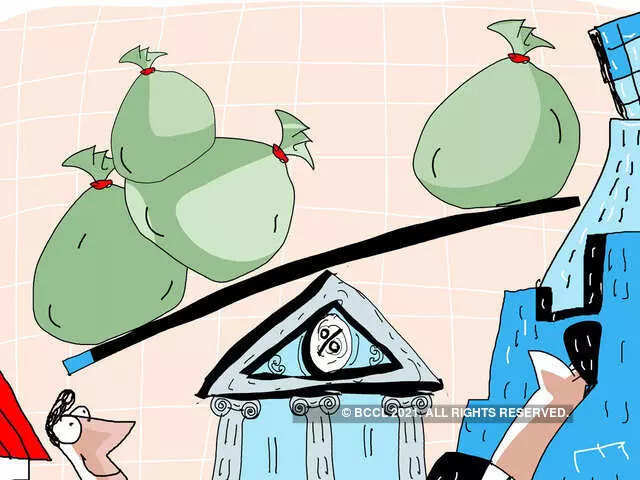IDBI Bank on Thursday reported a 75 per cent jump in its standalone profit after tax to ₹ 567 crore in the second quarter ended September 30, on higher interest income.
The LIC-owned bank had reported a standalone profit after tax of ₹ 324 crore in the year-ago quarter.
“Overall, there has been improvement in the bank’s performance parameters. The cost of deposits has come down to 3.60 per cent as of September 30, 2021, from 4.41 per cent last year. Similarly, cost of funds has also declined from 4.73 per cent to 3.88 per cent,” the bank’s Managing Director and CEO Rakesh Sharma told reporters.
The bank has managed to contain its operating expenses and maintain yield on advances almost at the same level, he added.
The lender’s Chief Financial Officer P Sitaram further said the rise in profit during the quarter was on account of higher net interest income, lower tax provisions and reduction in the employee cost.
Net interest income (NII) improved by 9 per cent to ₹ 1,854 crore against ₹ 1,694 crore.
Net interest margin (NIM) improved by 32 bps to 3.02 per cent compared to 2.70 per cent in the year-ago quarter.
NPAs and slippages
The lender also witnessed improvement in its asset quality, with the gross NPA ratio reducing to 20.92 per cent from 25.08 per cent.
Net NPAs improved to 1.62 per cent as of September 30, 2021, against 2.67 per cent a year ago.
Provision coverage ratio (including technical write-offs) improved to 97.27 per cent as of September 30, 2021, from 95.96 per cent in the same quarter of the previous fiscal.
Fresh slippages during the quarter stood at ₹ 1,438 crore.
Recovery during the quarter stood at ₹ 1,788 crore, which includes ₹ 1,436 crore of recovery in normal accounts.
Sharma said the lender recovered ₹ 200 crore from the resolution of DHFL.
The bank has an exposure of less than ₹ 400 crore to Srei Group, which has turned into NPA. It has made 100 per cent provision on the account, he said.
Capital to Risk (Weighted) Assets Ratio (CRAR) improved to 16.59 per cent as of September 30, 2021, compared to 13.67 per cent as of September 30 last year.
The lender is targeting its credit cost and net slippages ratio to be below 1.75 per cent and 3 per cent, respectively, during this fiscal.
Sharma said the bank has been able to meet its guidance on various financial parameters, except on growth, which it has targeted to be at eight to 10 per cent this year.
“Although we have started showing some increase, we are falling short of our eight to 10 per cent (growth) target. In the mid-corporate and large corporate, enough sanctions have been given, but the disbursements have not taken place so far,” he said.
Sharma, however, said he is quite hopeful that by the year-end, the bank will be able to achieve all the guidance it has given in the past.
The bank’s scrip closed at ₹ 55.60 apiece on BSE, down 2.03 per cent from the previous close.

